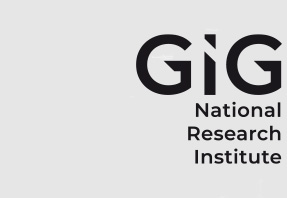Author ORCID Identifier
Lesego Senjoba: 0000-0003-2277-0025
Hajime Ikeda: 0000-0002-0863-5583
Hisatoshi Toriya: 0000-0001-6753-5681
Tsuyoshi Adachi: 0000-0003-0556-7527
Youhei Kawamura: 0000-0003-4103-762X
Abstract
Monitoring drill bit wear during drilling improves operational efficiency. Wear in drill bits is influenced by factors related to drilling parameters and rock properties and can be categorized into types based on the cause of failure. Several studies have used machine learning to detect drill bit wear, mainly using classification models. However, these models require an extensive amount of data that includes different possible drill bit failures. This presents a challenge as acquiring data is difficult due to the scarcity of anomalies. This study introduces a novel approach utilizing convolutional autoencoders (CAE) for both anomaly detection and drill bit damage assessment within rotary percussion drilling. The proposed CAE model was trained on the vibrations of normal data, learning to accurately reconstruct input patterns. A dual threshold was set based on the reconstruction errors of the validation data, serving as a criterion to distinguish between normal and anomalous data. An innovative method for assessing drill bit degradation was developed, utilizing reconstruction errors and thresholds. These findings highlight the significance of adopting advanced machine learning techniques to optimize drilling performance and enhance operational efficiency within the mining field.
Recommended Citation
Senjoba, Lesego; Ikeda, Hajime; Toriya, Hisatoshi; Adachi, Tsuyoshi; and Kawamura, Youhei
(2025)
"Utilizing convolutional autoencoders for anomaly detection and drill bit damage assessment in rotary percussion drilling,"
Journal of Sustainable Mining: Vol. 24
:
Iss.
2
, Article 6.
Available at: https://doi.org/10.46873/2300-3960.1456
Creative Commons License

This work is licensed under a Creative Commons Attribution-Noncommercial-No Derivative Works 4.0 License.

